Here, you can find everything about bras for women. Choose the right one and feel comfy and sexy.
Table of Contents
The average reading time is 17 minutes. The article was last updated on 11/06/2024.
Types of Bras for Women
There are many different bra types for women, including:
- Full-coverage bras, which provide complete coverage of the breasts and are often used for everyday wear
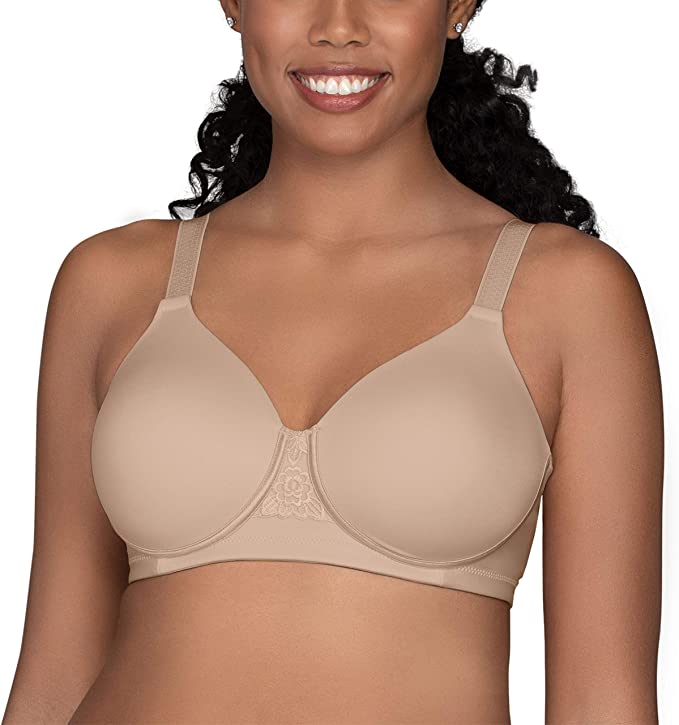
- Demi-cup bras, which have cups that are halfway between a full-coverage bra and a balconette bra
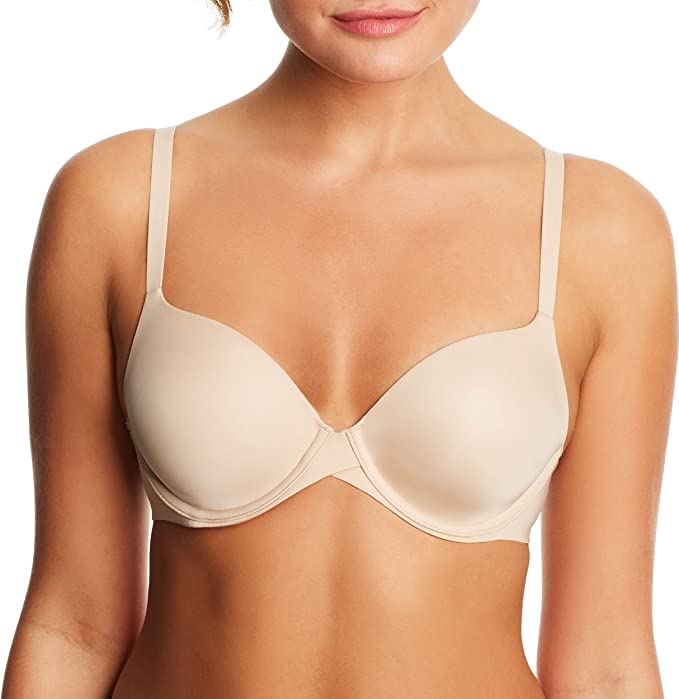
- Balconette bras, which have cups that are cut horizontally and often have a push-up effect
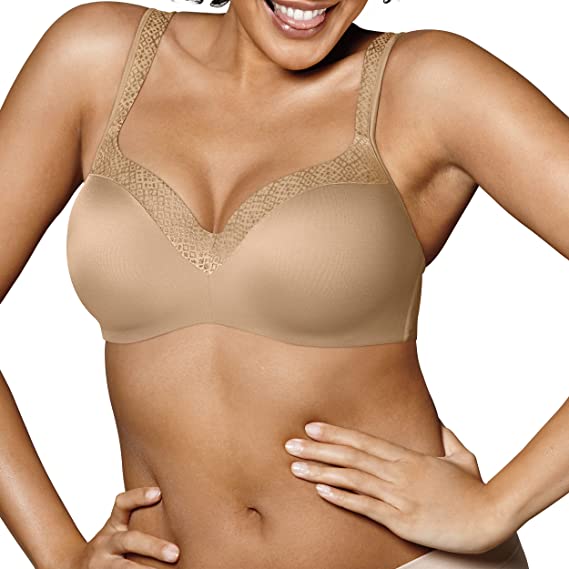
- Plunge bras, which have a deep neckline and are often used with low-cut tops
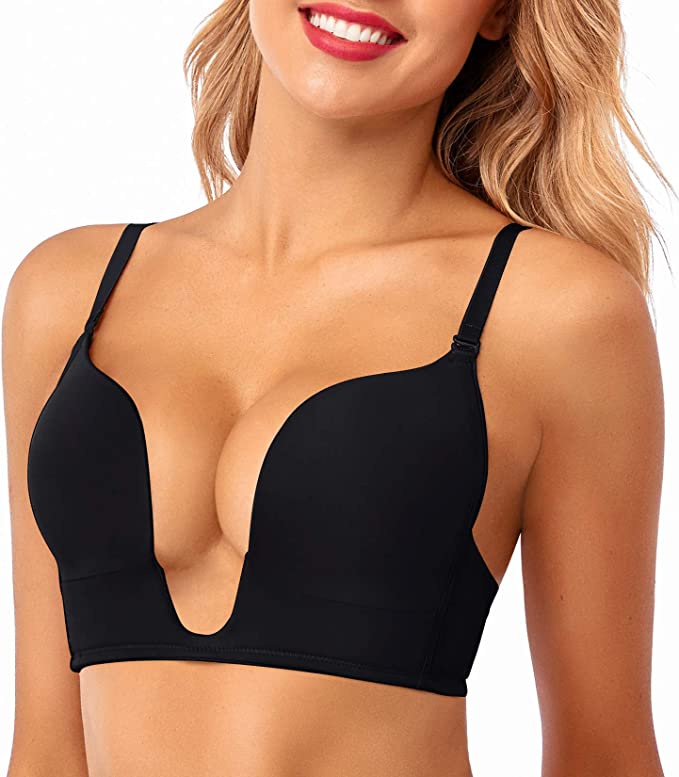
- Convertible bras can be worn in different ways, such as with traditional straps, halter, or strapless bras.
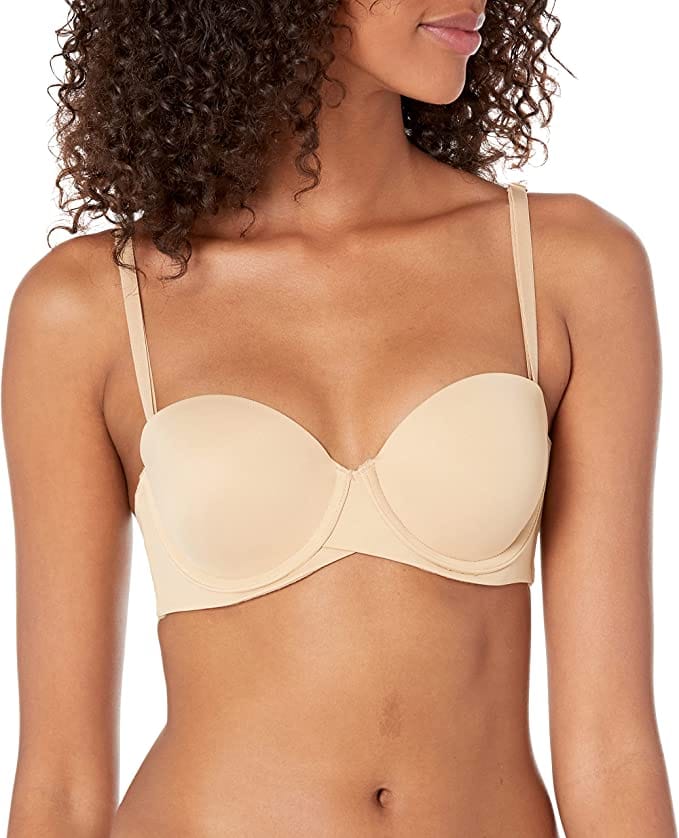
- Sports bras are designed for use during physical activity and support the breasts.
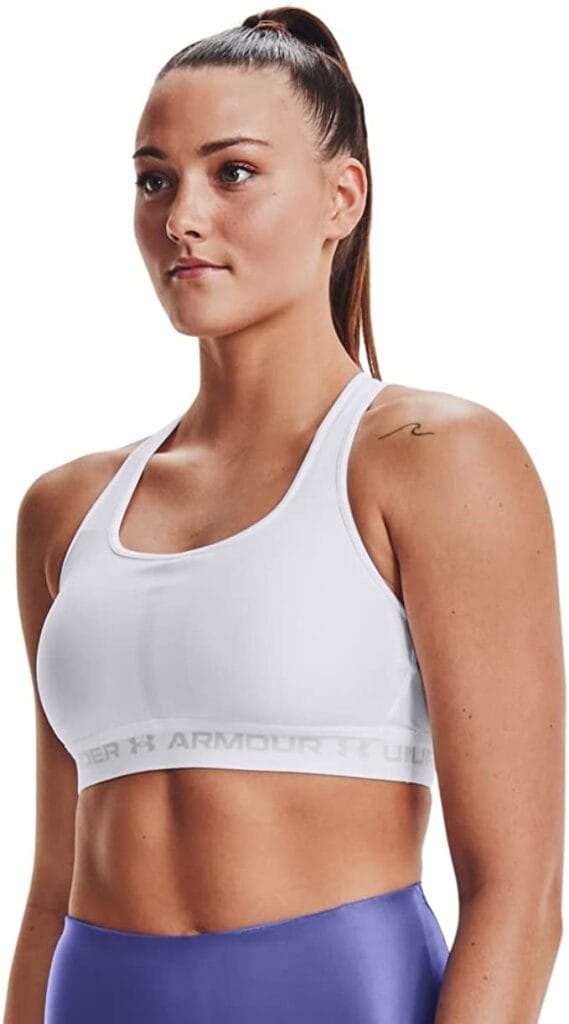
- Nursing bras are designed for breastfeeding women and have cups that can be easily accessible.
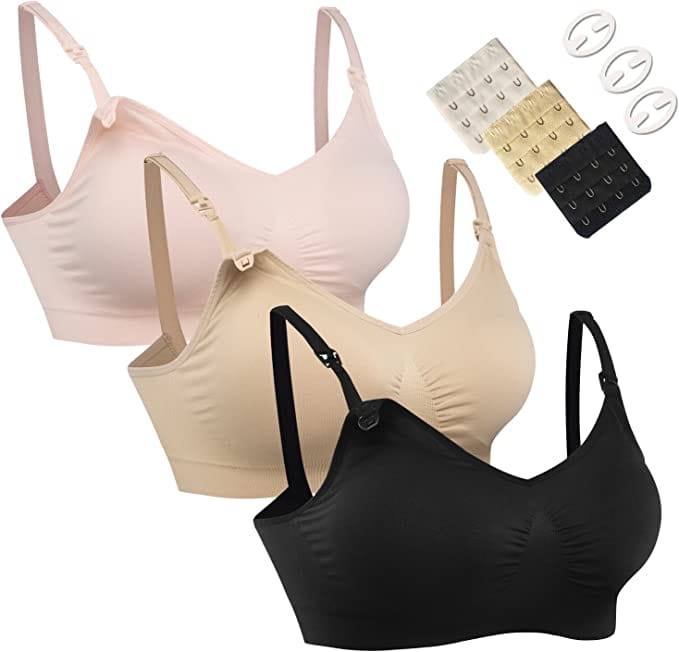
- Adhesive bras stick to the breasts and are often used for backless or strapless outfits.
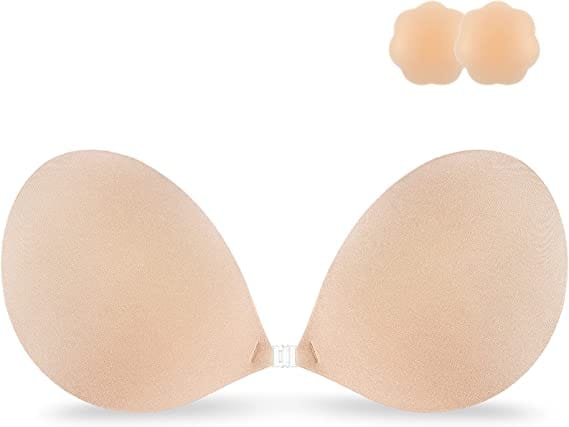
These are just some of the many types of bras that are available for women. The kind of bra right for you will depend on your preference, the outfit you plan to wear, and the level of support and coverage you need. It’s always a good idea to try on a few different types of bras to see which one feels the most comfortable and provides the best fit.
Types of bra cups for women
- Full cup: A full cup bra has cups that cover the entire breast and provide full coverage and support. Full-cup bras are a good option for women with large breasts or who want much support and coverage.
- Demi cup: A demi cup bra has cups covering only the breast’s lower half, exposing the top of the breast. Demi-cup bras are a good option for women who want less coverage and support or for women who want to create a more revealing neckline.
- Plunge: A plunge bra has cups cut low in the center, creating a deep V-neckline. Plunge bras are a good option for women who want to wear low-cut tops or dresses or for women who want to make more dramatic cleavage.
- Balconette: A balconette bra has cups cut straight across, providing a more uplifted and rounded shape to the breasts. Balconette bras are a good option for women who want to create a more lifted and rounded silhouette or for women who wish to enhance their natural shape.
- Soft cup: A soft cup bra has cups made from a soft, flexible fabric, such as cotton or lace, and has no underwire or padding. Soft cup bras are a good option for women who want a comfortable, natural-looking shape or prefer not to wear an underwire.
- T-shirt bra: A T-shirt bra has cups made from a smooth, seamless fabric that lies flat against the skin. T-shirt bras are a good option for wearing under tight or fitted clothing, as they will not create any visible lines or bumps.
- Push-up bra: A push-up bra has cups padded or lined with foam or gel material to create a dramatic cleavage. Push-up bras are a good option for women who want to enhance their natural shape or for women who want to make a more sexy and seductive look.
- Sports bra: A sports bra is a bra that is designed for use during physical activity. Sports bras have cups made from moisture-wicking fabric and have additional support features, such as wide straps and a reinforced back band, to provide maximum support and comfort during exercise.
Bra sizes
Bras are typically available in a range of sizes to fit a variety of body shapes and sizes. The size of a bra is usually indicated by a number (which represents the band size) and a letter (which means the cup size). The band size, also known as the “back size,” is determined by measuring the circumference around the chest, just underneath the breasts. The cup size is determined by measuring the circumference around the fullest part of the breasts.
The exact range of available sizes will depend on the brand and style of the bra, but most bras are available in sizes ranging from 30A to 44DDD (or more significant in some cases). Some brands also offer alpha-size bra sizes (e.g., XS, S, M, L, XL) rather than numeric ones. Additionally, some brands provide bras in “sister sizes” with the same cup volume but a different band size. For example, a 34C and a 36B are sister sizes because they have the same cup volume but different band sizes.
It is important to note that bra sizes can vary among different brands, so it is always a good idea to try on a few different sizes and styles to find the one that provides the best fit. Some women may find that they need to wear different sizes of different brands or styles of bras.
Check out our free bra size calculator, find your size, and be comfortable.
Bra brands
- Victoria’s Secret
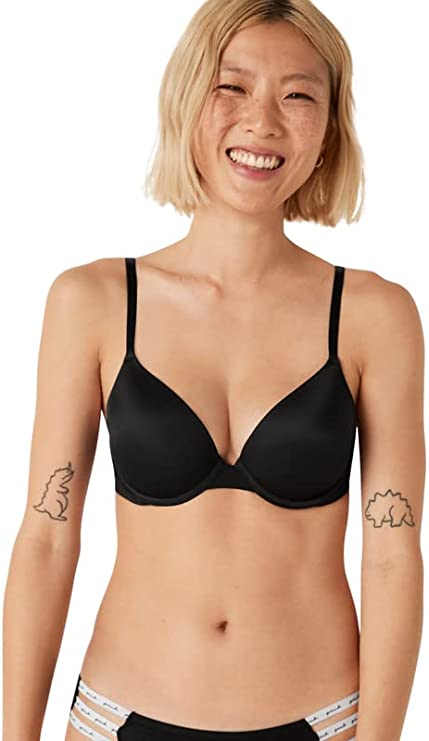
- Playtex
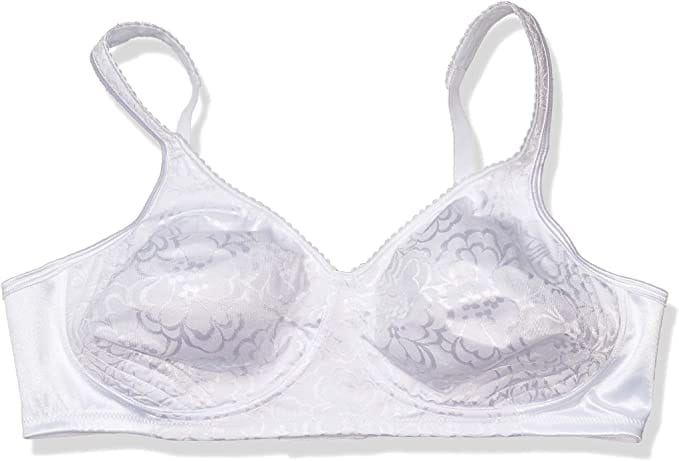
- Wacoal
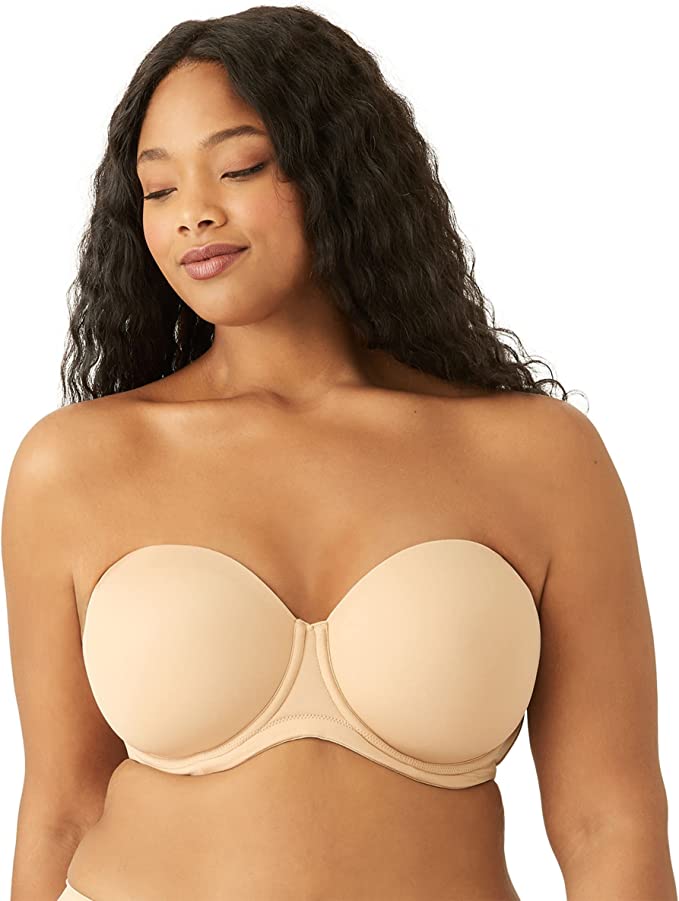
- Calvin Klein
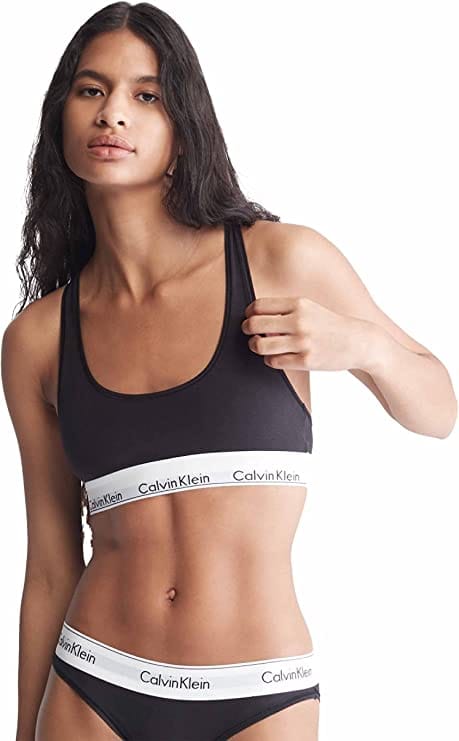
- Bali
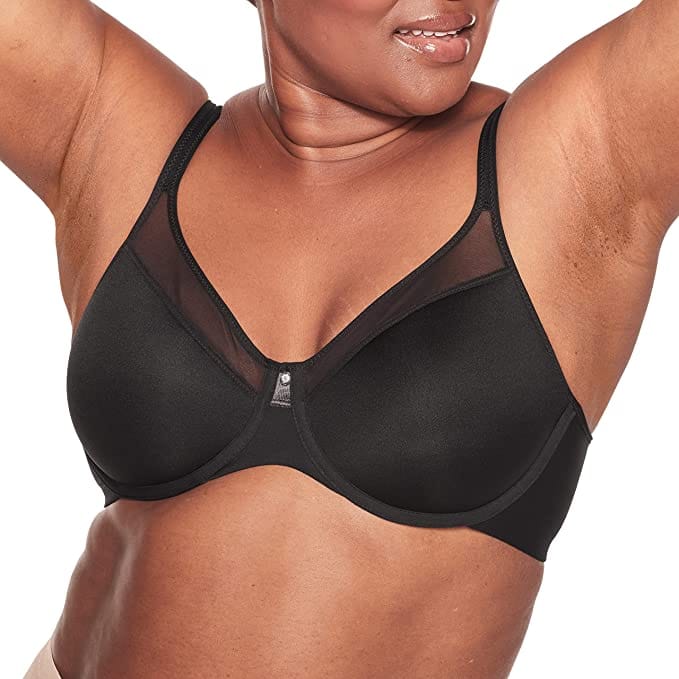
- Maidenform
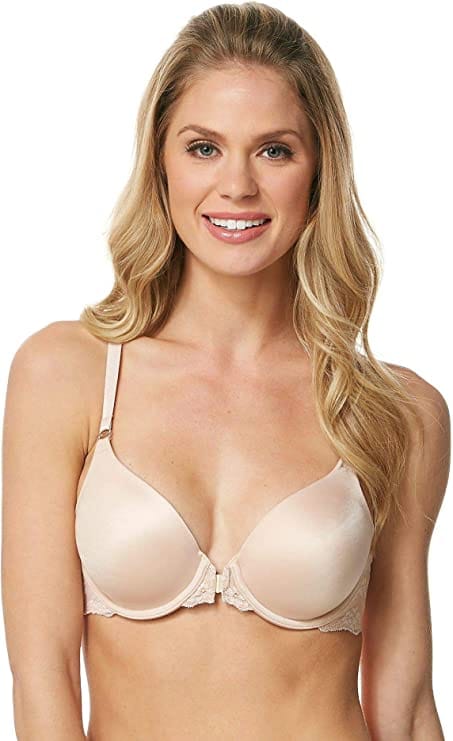
- Chantelle
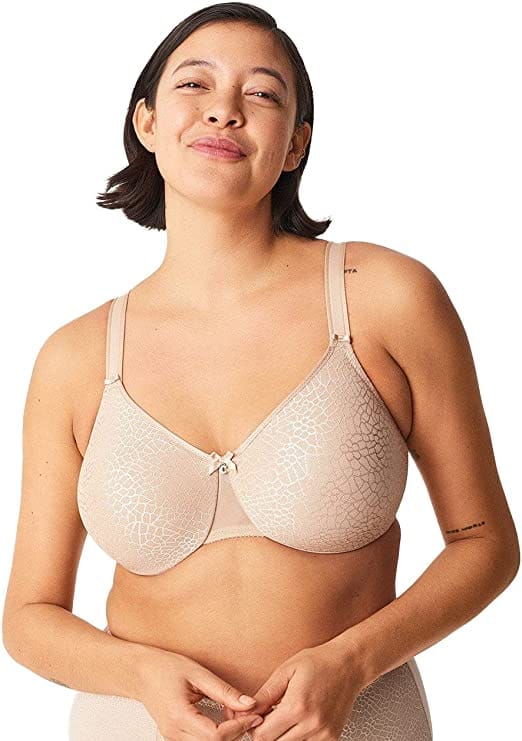
- Natori
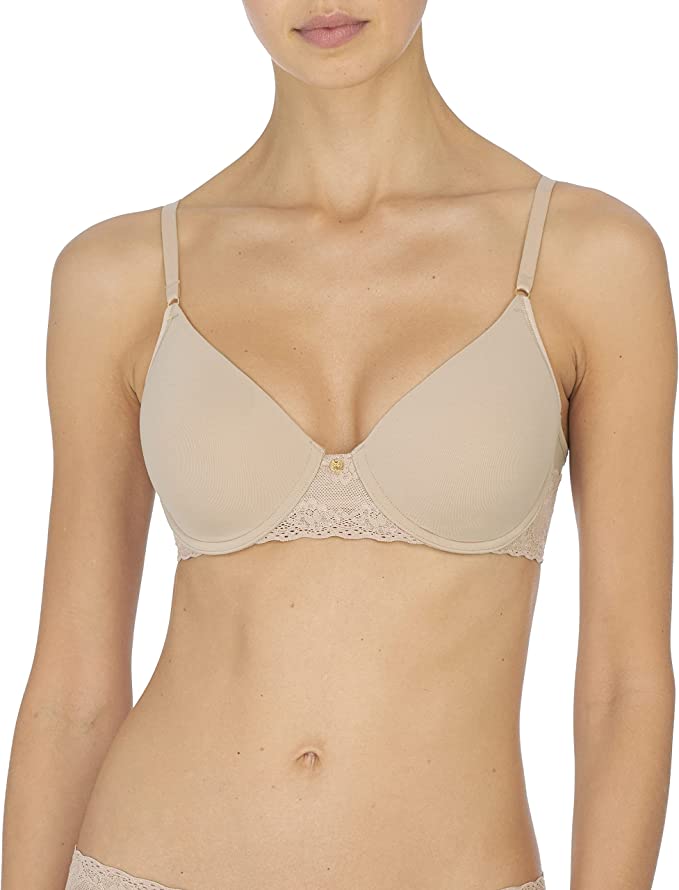
- Hanes
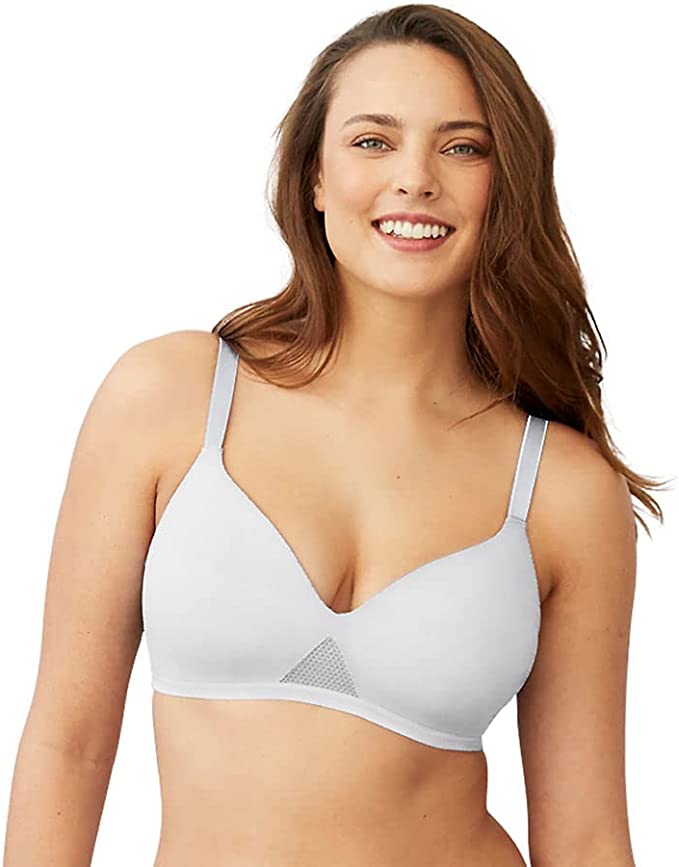
- Olga
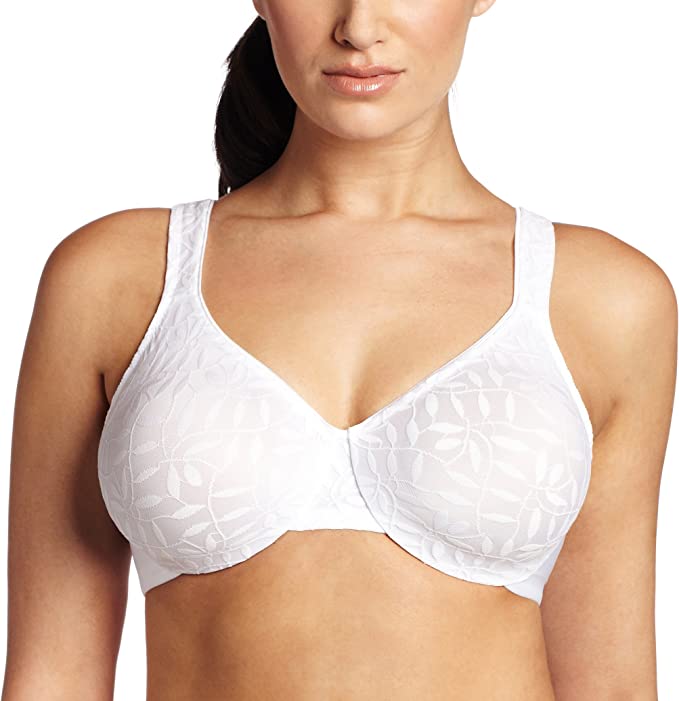
- Triumph

These are just a few examples of the many different bra brands available. Many other great brands are out there, and the right one for you will depend on your preferences and needs. It’s always a good idea to try on a few different brands to see which provides the best fit and comfortable support.
Should I wear a bra every day?
Whether or not you should wear a bra every day is a personal decision that depends on your individual preferences and needs. Some women may feel more comfortable and supported when they wear a bra daily, while others may prefer only to wear one on certain occasions.
A bra can support the breasts and help prevent discomfort and pain in the back, shoulders, and neck. It can also help to shape the breasts and improve the appearance of clothing. However, wearing a bra all the time can also cause discomfort and irritation, and some women may find that they are more comfortable without a bra.
Ultimately, the decision to wear a bra every day or not is up to you. It’s important to choose a bra that fits well and provides the level of support and coverage you need and to listen to your body to determine what feels most comfortable for you.
Check our Victoria’s Secret Icon Collection Bra here.
What if I have a large bust?
If you have a large bust, choosing a bra that provides proper support and a good fit is especially important. A bra that is too small or loose can cause discomfort and pain, leading to problems such as poor posture and back pain.
When shopping for a bra, measuring your bust is essential to determine your correct size. This can help you to find a bra that fits well and provides the support you need. It’s also a good idea to try on a few different styles and brands to see which ones are most comfortable and provide the best fit.
Some women with large busts may find that bras with full coverage cups and wide, comfortable straps are the most comfortable and supportive. It’s also a good idea to look for bras with sturdy underwires and a band that fits snugly but not too tight. It may also be helpful to seek out bras with additional support features such as a broad, reinforced back band or side panels for added support.
Care to advise for bras.
Here are some general tips for caring for your bras:
- Hand wash your bras in lukewarm water using a mild detergent. Avoid using hot water, which can cause the elastic to break down and the fabric to shrink.
- After washing, avoid wringing or twisting the bras to remove excess water. Instead, gently squeeze the water out and lay the bras flat to dry.
- Avoid drying your bras in the dryer, as the heat can cause the fabric and elastic to break down and the cups to lose shape.
- When storing your bras, avoid hanging them by the straps, as this can cause the straps to stretch and the cups to lose their shape. Instead, stack your bras on top of each other or fold them and store them in a drawer.
- Avoid wearing the same bra two days in a row, as this can cause the bra to lose its shape and elasticity. Instead, try to rotate between at least three or four bras to give each one time to rest.
By following these tips, you can help extend the life of your bras and ensure that they continue to provide the support and comfort you need.
Measure your bra size.
You will need a tape measure and a mirror to measure your bra size. Here are the steps to follow:
- Stand before the mirror and wear a non-padded bra that fits you well.
- Place the tape measure around your chest, just underneath your breasts. Make sure the tape measure is level and parallel to the ground.
- Take a measurement and write down the number. This is your band size.
- Next, measure the fullest part of your breasts. Ensure the tape measure is level and parallel to the ground and that it is not too tight or loose.
- Take a measurement and write it down. This is your bust size.
- To determine your cup size, subtract your band size from your bust size. The difference will correspond to a letter: 1 inch is an A cup, 2 inches is a B cup, 3 inches is a C cup, and so on.
For example, if your band size is 34 inches and your bust size is 36 inches, your cup size would be a B cup (36-34=2).
It’s important to note that bra sizes can vary among different brands and styles, so the size you determine using this method may not be the same as the size indicated on the bra’s label. It’s always a good idea to try on a few different sizes and styles to find the one that provides the best fit and the most comfortable support.
How Should A Bra Fit?
A bra should fit well and provide comfortable support to the breasts. Here are some tips for determining if a bra fits well:
- The band should be snug and should not ride up in the back. You should be able to fit two fingers underneath the bar, but it should not be so tight that it digs into your skin or feels uncomfortable.
- The cups should completely enclose your breasts and not gap or spill over. The bra’s center, where the cups meet, should lie flat against your chest.
- The straps should be adjusted so they are not too tight or loose. They should not dig into your shoulders or slip off.
- The bra should be comfortable to wear and not cause discomfort or pain, such as pinching, chafing, or rubbing.
If a bra does not fit well or is uncomfortable, it is essential to try on a different size or style to find one that works well and provides the support and comfort you need.
What are the Common Bra Fit Problems?
There are several everyday bra fit problems that women may encounter. These include:
- The band is too loose or tight: If the crew of the bra is too loose, it will not provide enough support to the breasts. If it is too close, it can be uncomfortable and can cause irritation or pain.
- The cups are too small or too large: If the cups of the bra are too small, they will not be able to adequately contain the breasts, causing them to spill over or create a “double-bubble” effect. If the cups are too large, there will be gaps or wrinkles in the cups, which can create a less flattering silhouette.
- The straps are too loose or tight: If the bra straps are too loose, they will not provide adequate support to the breasts. They can be uncomfortable and cause irritation or shoulder pain if they are too close.
- The underwire is uncomfortable or digs into the skin: The underwire of a bra should lie flat against the ribcage and not dig into the skin or cause discomfort. If the underwire is uncomfortable, it is essential to try on a different size or style of bra to find one that fits well and provides the support and comfort you need.
If you are experiencing any of these fit problems, it is essential to try on different sizes and styles of bras to find one that fits well and provides the support and comfort you need.
Bra Clothing Recommendations.
When it comes to choosing clothes to wear with your bra, there are a few general recommendations to keep in mind:
- Choose clothes that fit well and are comfortable. Tight or restrictive clothing can cause discomfort and make it difficult to move freely.
- Avoid clothing that is too loose or baggy, as this can create a bulky or unflattering silhouette.
- Choose clothing made from breathable, natural fabrics, such as cotton or silk, to help keep you cool and comfortable.
- Consider the neckline of your clothing when choosing a bra. For example, if you are wearing a low-cut top, a plunge bra or a demi-cup bra may be an excellent choice to provide support without showing.
- If you are wearing a backless or strapless outfit, choose a bra designed for these styles, such as a strapless or adhesive one.
Following these general recommendations can help ensure that your bra and clothing work together to create a comfortable and flattering look.
How often should you replace your bras?
It is generally recommended to replace your bras every six to twelve months, depending on how often you wear them and how well you take care of them. Over time, the elastic in bras can break down and lose shape and support, and the fabric can become stretched out or damaged. Wearing a bra past its prime can cause discomfort and lead to other problems, such as poor posture and back pain.
To help extend your bras’ life, taking good care of them is essential. This includes washing them in lukewarm water with a mild detergent, avoiding drying them in the dryer, and storing them properly to prevent damage and distortion. By following these care tips and replacing your bras regularly, you can help ensure that your bras continue to provide the support and comfort you need.
Frequently Asked Questions
What do you wear with a transparent T-shirt?
A seamless bra: A seamless bra is a good option for wearing under a transparent T-shirt because it will not show through the fabric. Seamless bras are made from smooth, stretchy material that lies flat against the skin and will not create any visible lines or bumps.
A bralette: A bralette is a type of bra made from a soft, lightweight fabric with no underwire or padding. Bralettes are comfortable and versatile and can be a good option for wearing under a transparent T-shirt because they provide support without creating any visible lines.
A camisole: A camisole is an undergarment type similar to a tank top extending to the waist. Camisoles are often made from a smooth, stretchy fabric that lies flat against the skin, making them a good option for wearing under a transparent T-shirt.What do you wear with a backless plunge dress?
An adhesive bra: An adhesive bra is a bra that sticks to the breasts and provides support without any straps or bands. Adhesive bras are a good option for wearing with a backless plunge dress because they provide support without showing.
A backless bra: A backless bra is a bra that has cups but does not have a band or straps. Instead, it is held in place by adhesive strips or clear silicone straps that attach to the cups. A backless bra is a good option for wearing with a backless plunge dress because it provides support without showing.
A bandeau bra: A bandeau bra is a tube-shaped bra worn around the bust and provides support without any straps or bands. Bandeau bras are often made from a stretchy fabric that conforms to the body’s shape, making them a good option for wearing with a backless plunge dress.What do you wear with a strapless dress, strapless top, one-shoulder dress, or top?
A strapless bra: A strapless bra is a bra that has cups but does not have any straps or bands. Instead, it is held in place by a combination of elastic and underwire, which provides support without the need for straps. A strapless bra is a good option for wearing a strapless, one-shoulder, or one-shoulder top because it gives support without showing.
A one-shoulder bra: A one-shoulder bra is a bra that has cups and a strap or band on one side but not on the other. This type of bra can provide support and coverage for a one-shoulder dress or top.
A convertible bra: A convertible bra is a bra that can be worn in different ways, such as with traditional straps, as a halter, or as a strapless bra. This type of bra is a good option for wearing with a strapless dress, strapless top, one-shoulder dress, or one-shoulder top because it can be adjusted to provide the right amount of support and coverage.
Conclusion
When choosing the perfect bra, several factors should be considered. These include your breast size, shape, and desired level of support. It’s crucial to measure yourself regularly and consult with a professional fitter if needed. Assessing the fabric, straps, and closures for comfort and adjustability is also essential.
Everyone’s preferences and needs vary, so what works for someone else may not work for you. Take the time to try on different styles and sizes to find the one that feels the most comfortable, supportive, and flattering for your body.

Pashalis Laoutaris
Fashion Blogger
I am a professional writer, fashion blogger, and owner of the site https://laoutaris.com. As a salesperson for more than 20 years, I have experience of 10 years in the fashion industry. I consider myself a true fashionista. I am writing daily blog articles about fashion, tools and converters, and everything you need to know about the current fashion trends.
Share this article
Our Latest Articles
Laoutaris Recommends
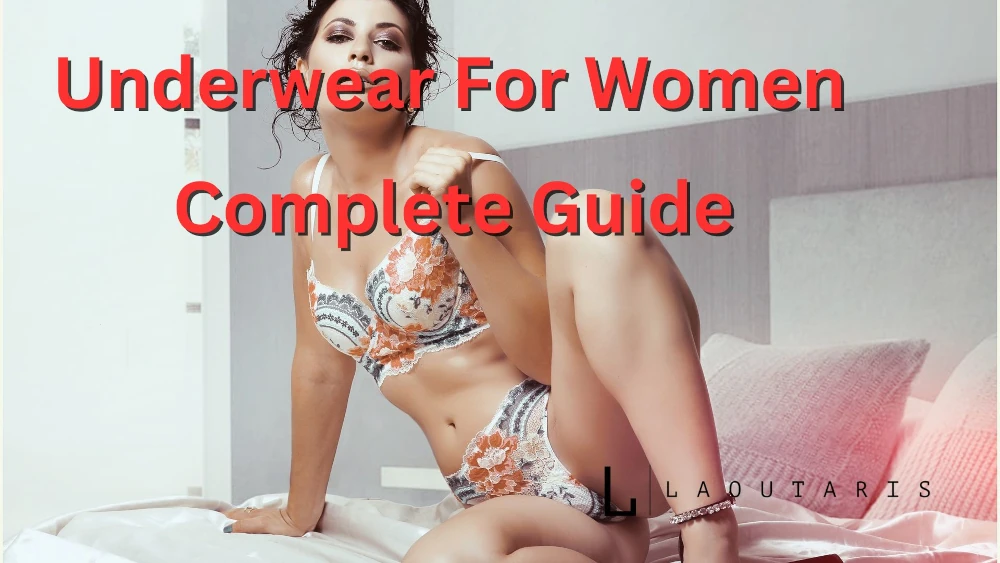
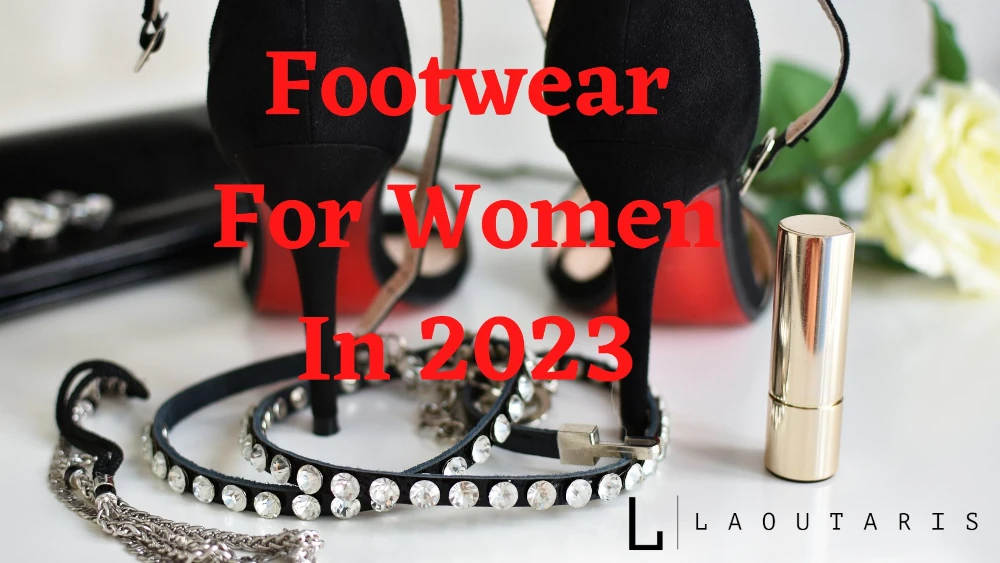
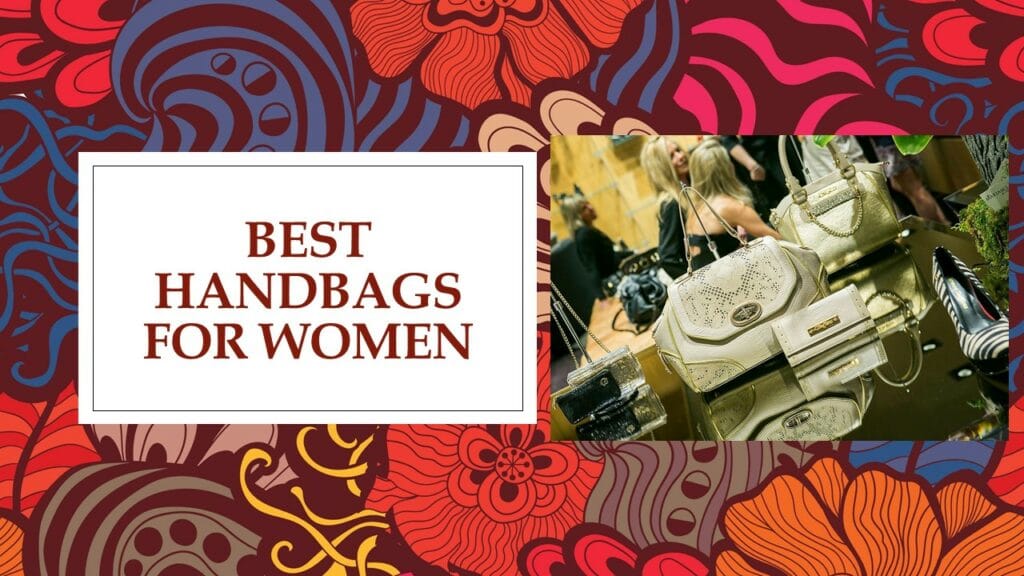



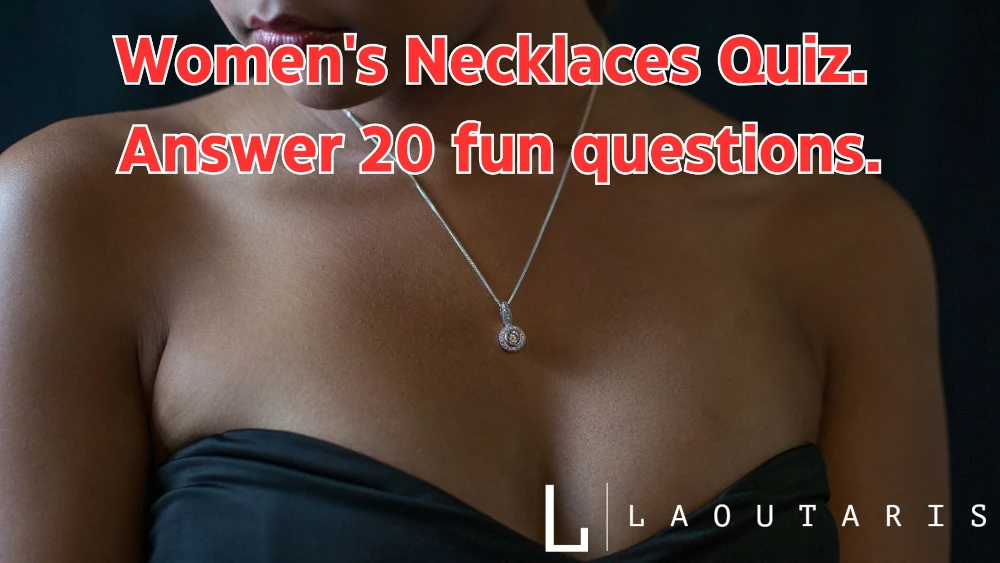

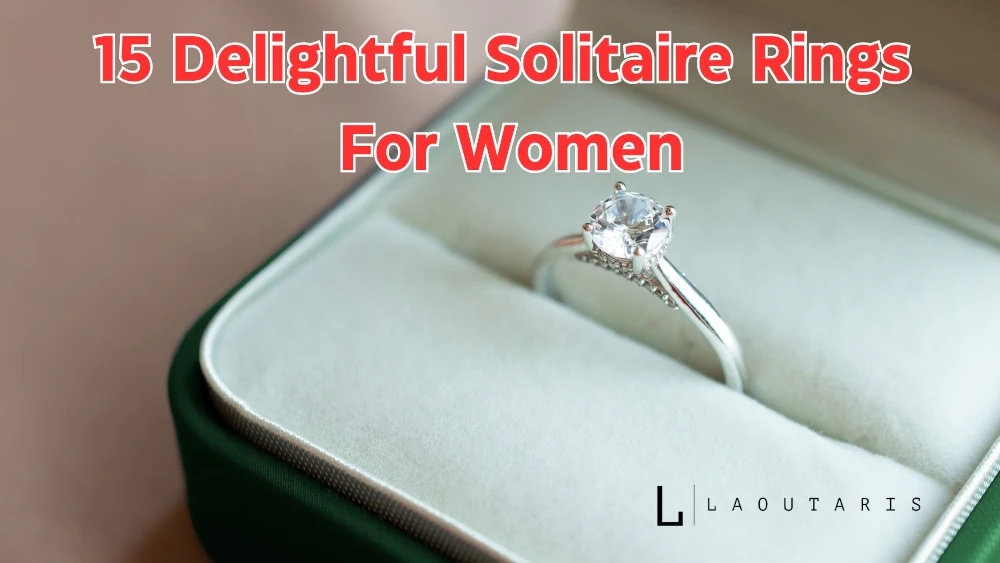
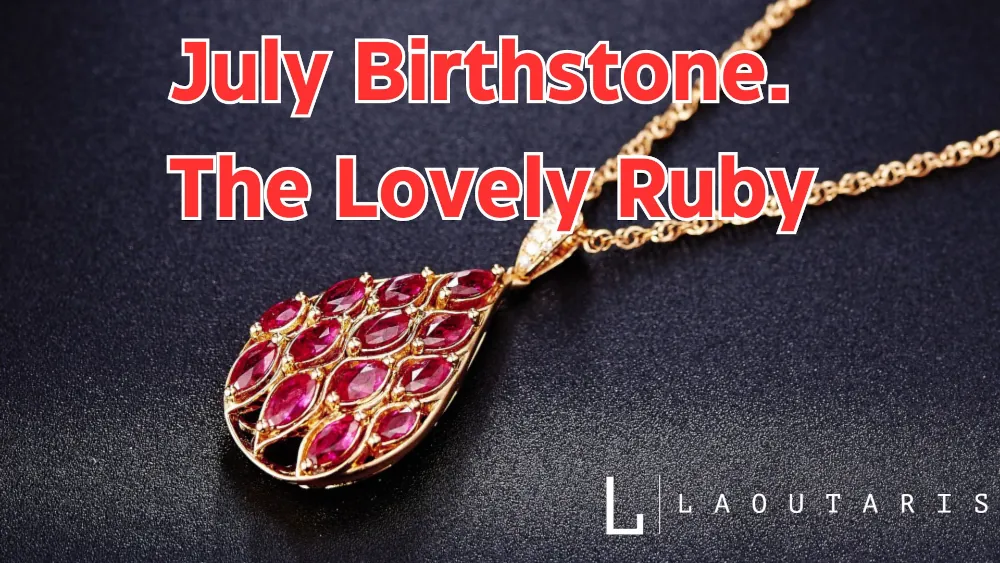

Hi there. How to choose the correct size of bra ? Can you help me?
Check this link https://laoutaris.com/bra-size-calculator/